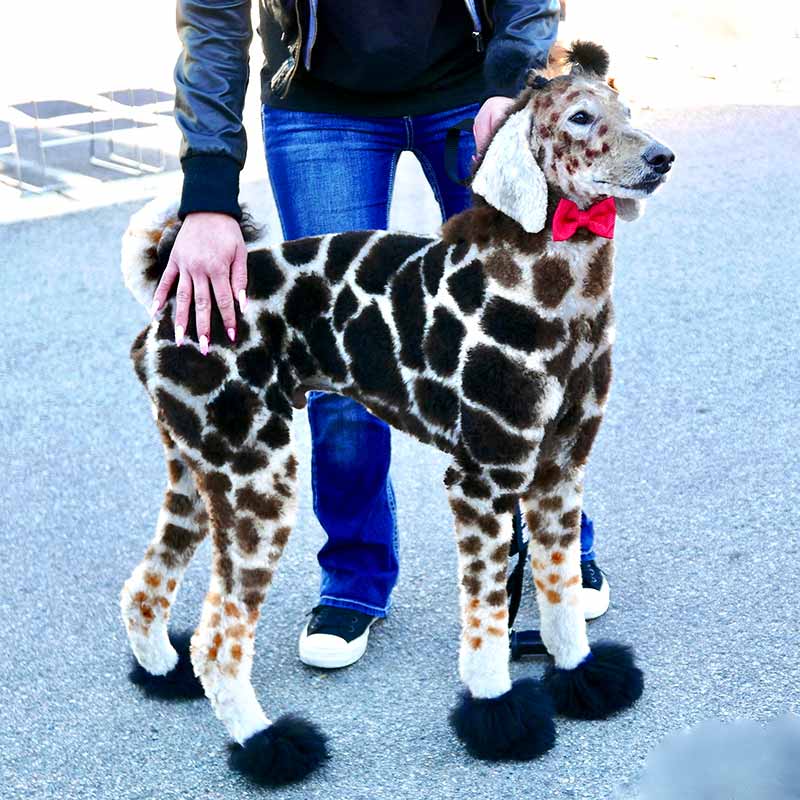Halloween Pet Safety Tips That Keep the Party Going

Pets can participate in all sorts of events around Halloween, including accompanying the kids for trick-or-treating, and even getting all dressed up. But without a proactive approach to the myriad dangers facing animals, they could find themselves in a proverbial cauldron of hot water. Our Halloween pet safety tactics will help you and your pet enjoy the seasonal revelry without a visit to the emergency room.
The Ringleader
Candy is super central to Halloween, of course. Kids and grownups alike simply delight in the various high-sugar and chocolate candies that are in abundance all month long. The bad news is that pets see us enjoying it and when they get a whiff, it’s hard to pass up.
The basic rule of thumb is that candy should never be left out for pets to discover. Keep candy bowls on surfaces that pets cannot see, smell, or reach, or behind closed cupboard doors.
Going one step further, be sure that any backpacks in the house, coat pockets, or purses that may contain a candy or two are always securely stowed away from powerful animal noses.
Why It’s Harmful
Candy poses definite risks to pets, but why, exactly?
- Chocolate – Theobromine and caffeine are the two chemical compounds in chocolate that make it so dangerous for pets. If a pet ingests chocolate, they might have irregular heart rhythm, high blood pressure, vomiting, and diarrhea, but if they ate a great deal of dark chocolate, they might experience seizures and heart failure.
- Raisins – Typically covered in milk chocolate, candy like Raisinets cause lethargy, weakness, abdominal pain, and dehydration (on top of the symptoms of chocolate toxicity).
- Xylitol – This artificial sweetener is ubiquitous in mints, gum, and sugar-free candy. It can also be found in a lot of peanut butter brands. Xylitol can be fatal to dogs and can cause low blood sugar, seizures, or liver failure.
- Wrappers – Foil, plastic, and even wax paper candy wrappers can cause severe gastrointestinal obstructions that require diagnostics like x-rays, ultrasounds, and possibly surgical removal. Likewise, lollipop or candy apple sticks pose choking hazards.
If you know or suspect that your pet ate something they shouldn’t have, please seek emergency help immediately.
Halloween Pet Safety
There are lots of other ways to protect your pet this Halloween, such as:
- Keep them away from glow sticks, electric lights, power cords, animatronic displays, and live flame jack-o’-lanterns.
- Ensure that any costume they have on fits well, but doesn’t block vision, respiration, or movement. Any possible choking hazards (like beads, sequins, etc.) or entanglement risks should be removed. Free your pet as soon as they become distressed.
- Encourage them to stay away from the constantly ringing doorbell. A back bedroom with their favorite bedding, toys, and treats can soothe anxiety related to trick-or-treaters.
- If you’re going out with your pet on Halloween, be sure that they are geared up in reflective gear. Their ID tags should be clearly seen. Please update any changes to the microchip in case you get separated.
If you have any questions or concerns related to Halloween pet safety, our veterinarians and staff at All Creatures Veterinary Hospital are always here for you.

